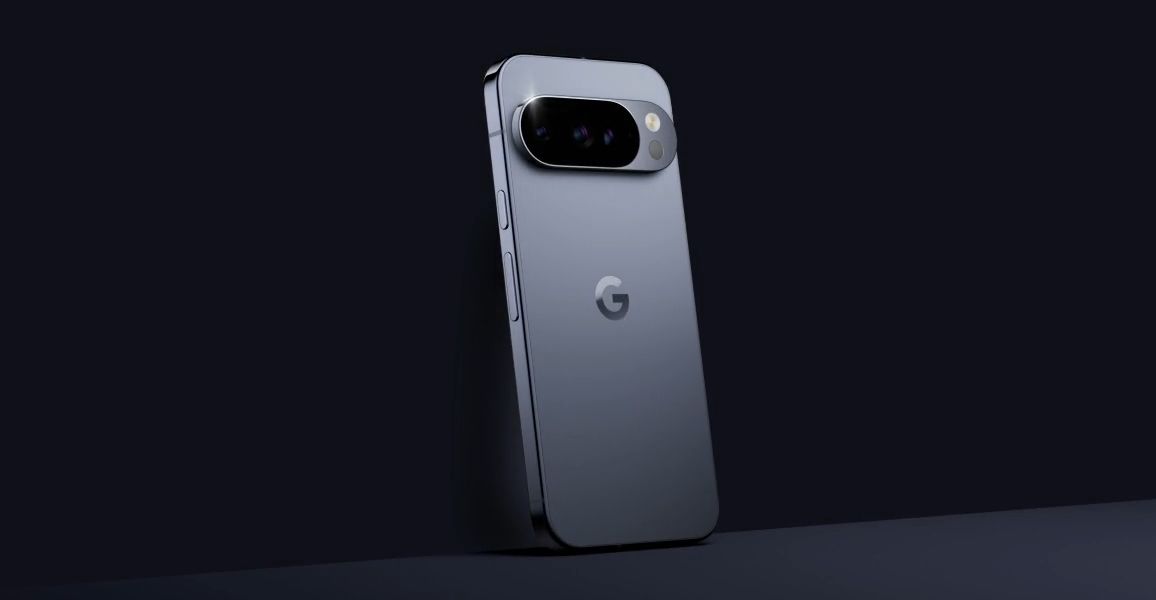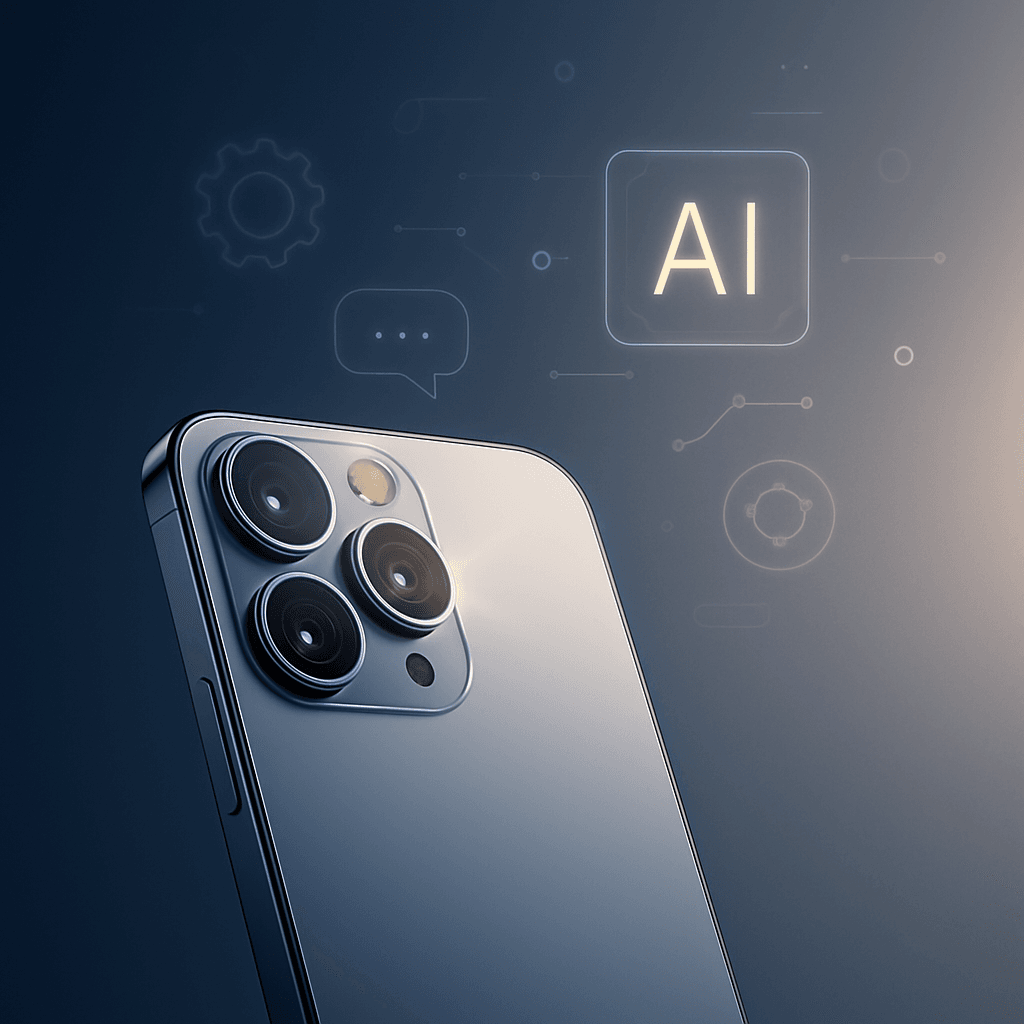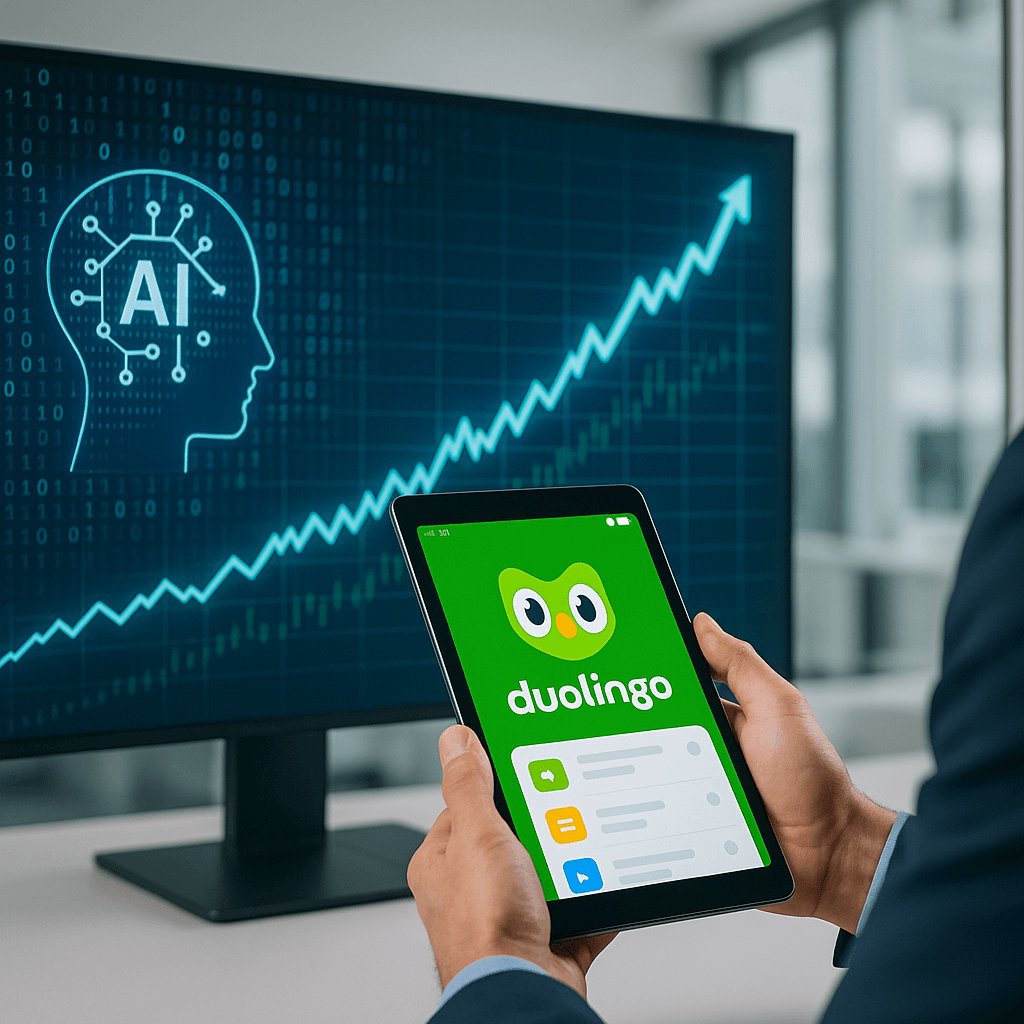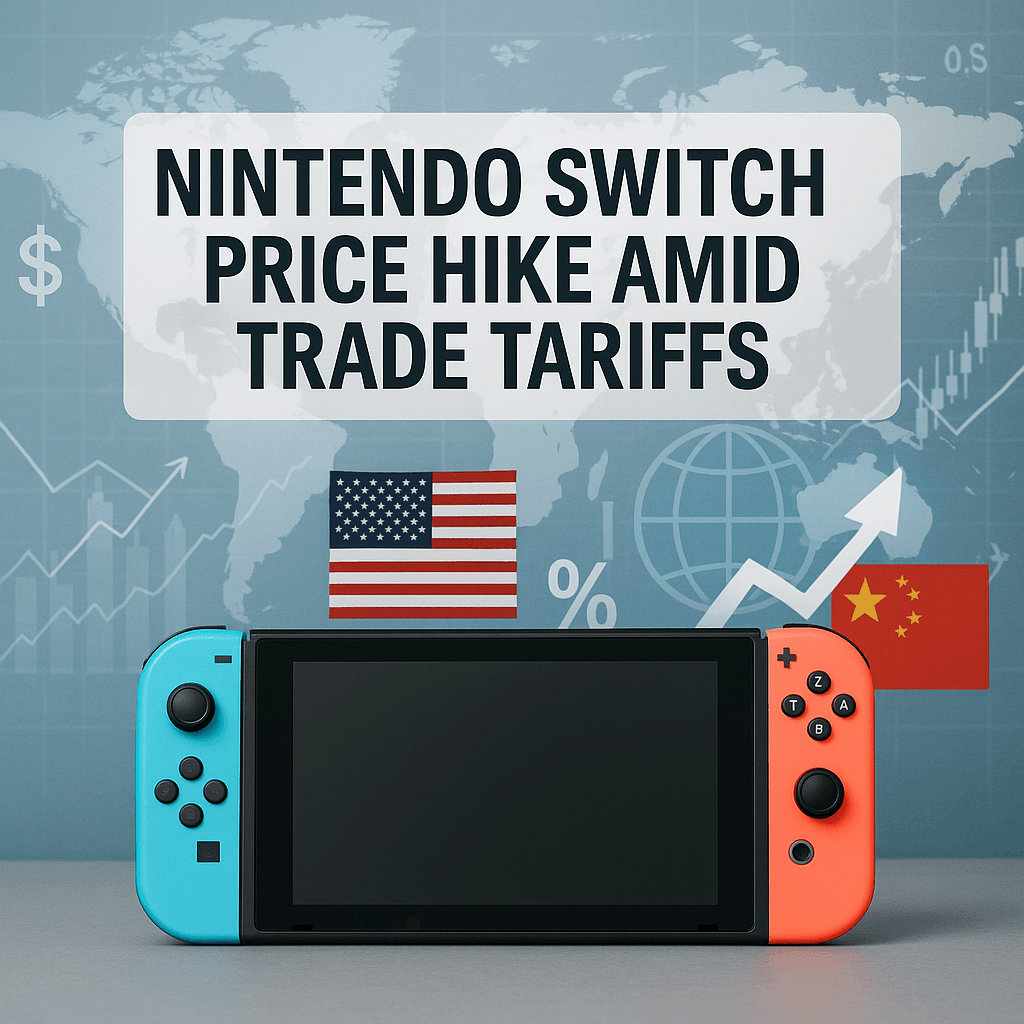TL;DR
- - Google Pixel 10 series to include Qi2 wireless charging.
- - Shift to TSMC's 3nm chip promises improved performance.
- - AI features like Pixel Sense to enhance user interaction.
- - The Pixel 10 may set a new standard for Android flagship devices.
The impending launch of the Google Pixel 10 series unveils a blend of innovation and continuity, with AI advancements and Qi2 wireless charging support taking center stage. As tech enthusiasts anticipate the August 20 announcement, the true allure lies in the potential transformation of user experience and future-proofing through these technologies. This article dissects what's known so far and the implications for stakeholders.
Opening Analysis
The Google Pixel 10 series is slated for an official reveal on August 20 in New York. This iteration not only retains its signature design but enhances functionality with key technological boosts. Notably, it adopts the Qi2 standard for wireless charging, promising operational consistency across multiple devices. Moreover, Google's strategic move to TSMC's 3nm process for the Tensor G5 chip suggests substantial leaps in processing power, crucial for maintaining a competitive edge in the smartphone market.
Market Dynamics: Competitive Landscape Shifts
With the inclusion of Qi2 wireless charging, Google positions itself competitively against rivals like Samsung and Apple, who have championed similar tech in recent models. The new Pixelsnap ecosystem support suggests a cohesive and intuitive accessory experience, aligning with recent market demands for seamless gadget interaction.
Technical Innovation: Breakthrough Implications
Google's shift from Samsung to TSMC for chipset production marks a strategic pivot aimed at enhancing efficiency and performance. The Tensor G5, leveraging a 3nm N3E process, is expected to bridge performance gaps, empowering the Pixel to rival leading smartphones and boosting Google's in-house capabilities.
Financial Analysis: Metrics and Growth Trajectories
While price hikes are minimal, the value proposition remains robust, focusing on innovation without sidelining affordability. By maintaining price stability amidst these upgrades, Google ensures consumer retention while attracting new users curious about the Pixel's advanced capabilities.
Strategic Outlook: Winners, Risks, Opportunities
The integration of AI, particularly with features like "Pixel Sense," is poised to fortify user engagement, offering personalized assistance and device interaction enhancements. However, the competitive nature of AI innovation poses risks of rapid obsolescence. Long-term, these capabilities might redefine smartphone AI standards, potentially positioning the Pixel line as leaders in AI-driven consumer electronics.











